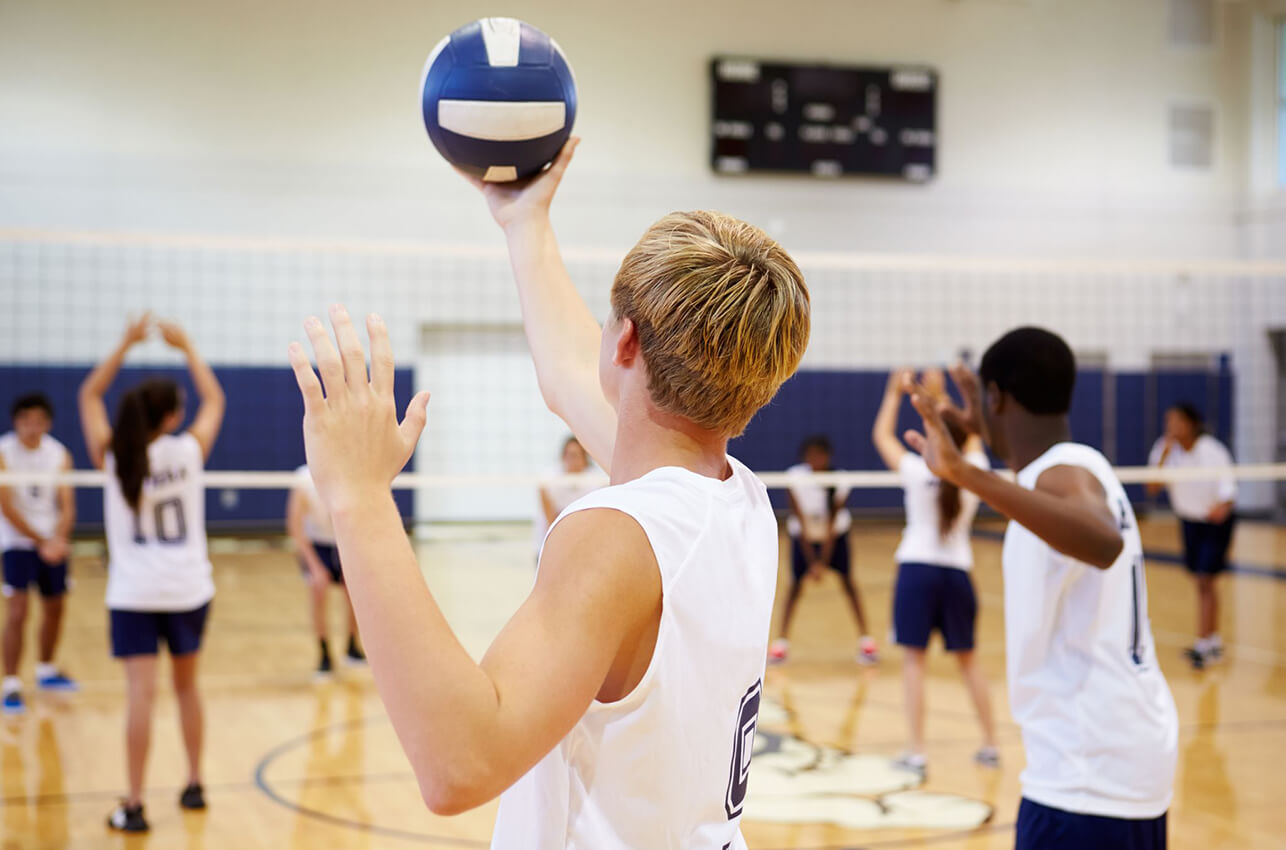School is back and that means student athletes are back on the field, court, and many other playing arenas. Playing sports has many benefits ranging from being active, maintaining a healthy weight, increased self-confidence, social and emotional well-being, stress release, and often better academic performance and participation. However, youth sports can also have some physical downfalls. These can include ankle and knee injuries and the more serious concussion.
What is a concussion?
A type of traumatic brain injury caused by a bump, blow, or jolt to the head or by a hit to the body that causes the head and brain to move rapidly back and forth. Signs and symptoms generally show up soon after the injury, but sometimes may not show up for hours or days later. The most common signs and symptoms include:
Signs:
- Can include appearing dazed or stunned
- Answers questions slowly or forgets instructions
- Moves clumsily
- Shows mood, behavior, or personality changes
Symptoms:
- Headache or pressure in the head
- Nausea or vomiting
- Dizziness or double vision
- Feeling sluggish or groggy
- Confusion
- Bothered by light or noise
- Just not feeling “right”
If your child suffers from a suspected concussion:
- Monitor your child for signs and symptoms
- Seek medical care if serious symptoms occur or worsen
- Limit their activities, including “screen” time and reading
- Use ice packs to relieve pain and discomfort
- Only use acetaminophen to relieve pain in first 48 hours
- Let them sleep/rest in a cool, dark, quiet room
How to prevent concussions:
- Always use seatbelts and child safety seats when riding in vehicles
- Wear protective gear during sports and other recreational activities
- Remove hazards in the home that may contribute to falls
The CDC’s HEADS UP is a great resource to educate parents, students, coaches, and officials on the importance of proper concussion recognition and management in youth sports.
Thank You to our Partners!






